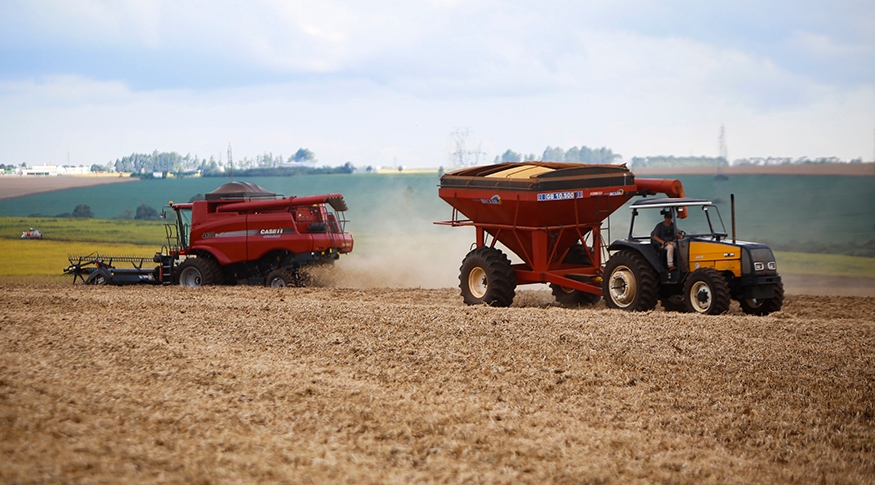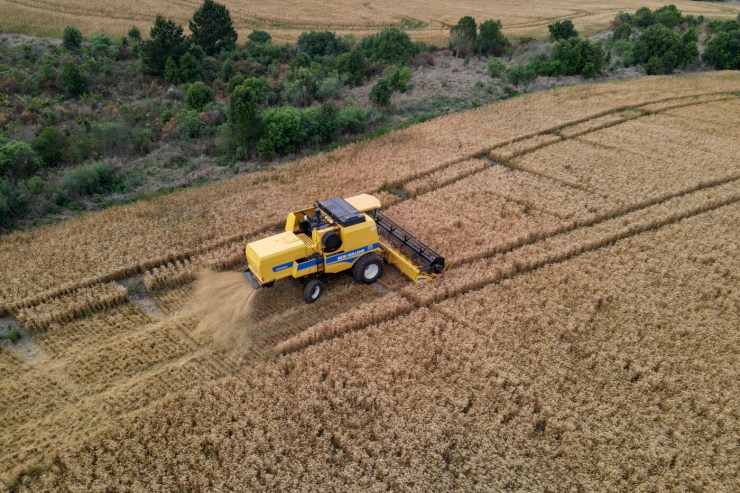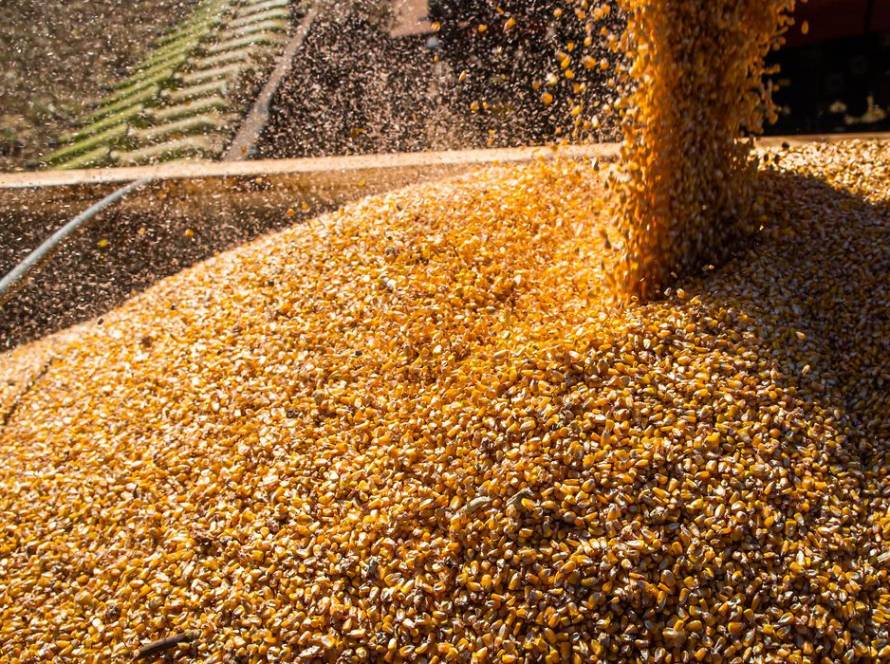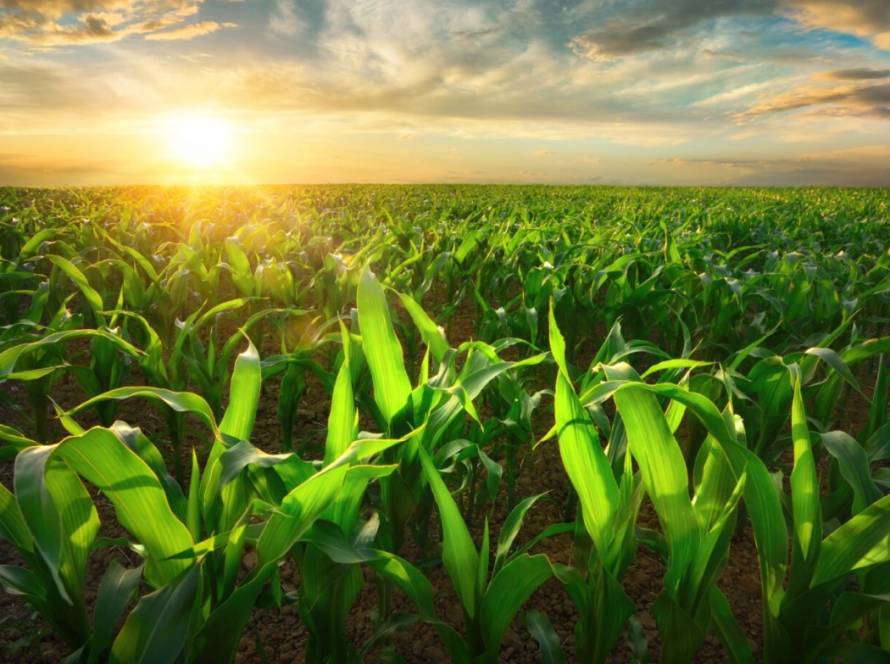There is a 68% probability of maintaining climate neutrality conditions during this year's winter in Rio Grande do Sul. This is according to the quarterly Bulletin of the Permanent Council of Applied Agrometeorology of the State of Rio Grande do Sul (Copaaergs), coordinated by the Secretariat of Agriculture, Livestock, Sustainable Production and Irrigation (Seapi). The forecasts presented in the bulletin are based on the statistical model of the National Institute of Meteorology (Inmet).
The forecast indicates rainfall ranging from normal to slightly above average in most regions during the July-August-September quarter. August is expected to be the month with the largest positive deviations, followed by September. July may experience irregular rainfall, with some areas of the state even below average. Temperatures are expected to range from normal to above average, especially in the northern part of the state.

Photo: Freepik
The Copaaergs technical team highlights that, given the history of irregular rainfall in Rio Grande do Sul, producers should take advantage of the winter period to invest in water storage.
Other recommended measures include: adopting soil management and conservation practices, prioritizing no-till farming; maintaining soil vegetation cover; prioritizing crop rotation and contour cultivation; terracing where necessary to reduce the effects of runoff; maintaining riparian forests; and considering integrated cropping systems, such as crop-livestock and crop-livestock-forestry.
The Copaaergs bulletin is prepared every three months by agrometeorology experts from 16 state and federal entities involved in agriculture or climate. The document also lists a series of technical guidelines for the season's crops.
Winter grains
- Stagger the sowing season and use cultivars with different cycles within the period indicated by the agricultural climate risk zoning (ZARC);
- In cereals, preferably use disease-resistant cultivars;
- Plan plant protection, paying special attention to Fusarium head blight control;
- Avoid sowing in excessively moist soils and soils with a history of cereal mosaic virus, giving preference, in these areas, to the use of cultivars resistant to VNAC.
Spring-summer crops
- Manage winter crops intended for soil cover;
- Start sowing when the soil temperature, at a depth of 5 cm, is between 16° and 18°C, respecting the Agricultural Climate Risk Zoning (ZARC);
- Stagger the sowing season and use cultivars with different cycles;
- For corn crops, if two harvests are planned, in the corn-soybean system, sowing should be brought forward as much as possible, respecting the Agricultural Zoning of Climatic Risk (ZARC), in addition to respecting the sanitary gap and the sowing calendar recommended by the National Program for the Control of Asian Soybean Rust (PNCFS);
- Pay attention to the possible occurrence of corn leafhoppers, seeking varieties that are tolerant to the problem of the virus transmitted by this insect and implementing strategies to control this pest.
Irrigated rice
- As far as possible, continue to adapt the areas intended for cultivation in the next harvest, especially soil preparation and systematization activities, to enable sowing at the time recommended by the Agricultural Zoning of Climatic Risk (ZARC), to take advantage of the best conditions of availability of environmental resources, especially solar radiation;
- Keep areas well-drained, as above-average rainfall is forecast for the next quarter, aiming for sowing at the recommended time;
- For “early” sowing, between September and mid-October, when the soil temperature is low, ensure that the sowing depth is not greater than two centimeters, in order to avoid a reduction in the plant stand and the consequent unevenness in crop establishment;
- Pay attention to drainage maintenance after plant emergence to avoid losses in crop establishment.
Fruit growing
- Preserve adequate green cover in orchards, whether through cultivated or spontaneous species, to protect and conserve soil properties, given the climate forecast of above-average rainfall, especially in August and September;
- Consider that the total number of chilling hours may not reach the required amount for adequate dormancy breaking in certain temperate fruit trees. Therefore, it is recommended to plan the acquisition and adjust the application rate of chemicals to induce budbreak according to the chilling requirements of the genotypes (especially those with higher chilling requirements).
- Perform shorter pruning, rather than long pruning, in cultivars that have fertility in basal buds, given that there may not be adequate cold accumulation during the winter period;
- Due to the possibility of early sprouting of cultivars with lower cold requirements, especially due to the forecast of air temperatures close to or above average, which favor thermal summation, pay attention to the risk of frost occurrence and adopt combat measures, such as the use of sprinkler irrigation;
- Pay attention to disease monitoring and phytosanitary control due to the forecast of above-average rainfall at the beginning of the fruit tree growing cycle (August/September).
Vegetables
- Although rainfall is expected to be above average for the quarter, attention should be paid to the need for irrigation at certain times, which should preferably be carried out via a drip system, as it offers better water use efficiency;
- Emphasize disease monitoring, especially those favored by wetting of the aerial part or excess humidity in the air or soil;
- Manage the opening and closing of protected environments to maintain ideal thermal and air humidity conditions.
Forage and animal comfort
- Given the low growth of natural pastures during the winter period, and with the forecast of above-average rainfall for the next quarter, with lower solar radiation input, the vegetative growth of pastures continues to be limited, so it is recommended to maintain low or moderate animal load;
- Provide supplements to animals (e.g. hay, silage, feed) kept on natural pasture with low forage availability;
- Carry out the recommended management for winter/spring forage, whether annual or perennial, such as applying nitrogen top dressing and adjusting the animal load to the availability of forage;
- Reduce the animal load on pasture after a large amount of rain, in order to avoid damage to the pasture due to excessive trampling;
- Pay attention to the facilities and surroundings to avoid the formation of too much mud, which causes hoof problems, especially in dairy cows;
- Although the period is characterized by milder air temperatures than those recorded in the summer, the producer must be aware of the forecast of temperatures with high anomalies during the quarter, especially in the months of August and September and, consequently, the possibility of heat stress imposed on animals, especially for high milk production cows.
- The most effective way to combat heat stress is to establish an integrated management and environmental system, aiming to maintain the animal's body temperature close to normal (38°C to 39°C) for most of the day. Environmental adaptations include increased air movement, moistening of the animal's surface, evaporative cooling (systems such as fans, sprinklers, and evaporative cooling pads) for confined animals, and the use of shade and high-quality water to minimize the effects of direct solar radiation on hot days, and shelter from winds and low temperatures for pasture-raised animals.





